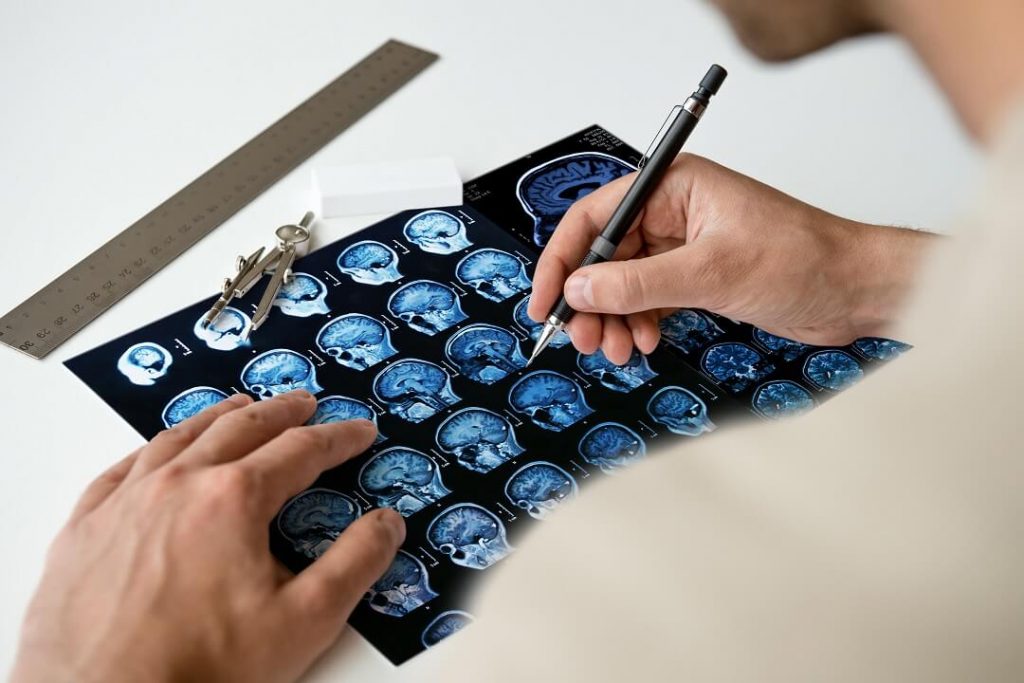Stroke happens when the blood flow into brain ceases due to materials like blood clot or fat particles (ischemic stroke) or corruption of the coherence of the blood vessels within the brain due to reasons like high blood pressure (hemorrhagic stroke). Stroke is a medical emergency situation and should be treated urgently. Early intervention may decrease the formation of brain injury and other complications. Stroke has become one of the three causes of adult deaths in the world.
“Hemiplegia” or “hemiparesis” situation may develop in a half of the body after stroke.
- While the “hemi” term in hemiplegia means the situation which occurs in one half of the body, “plegia” means severe, full strength loss. Plegia (paralysis) the inability of the deliberate movement in a muscle or muscle group. Paralysis occurs when the brain area which should give the necessary command to move the muscles is injured.
- In hemiparesis, “paresis” means mild, partial weakness (partial paralysis). A mild, partial strength loss is seen in one half of the body, in a leg, arm or face. These persons can only move the affected part with only a limited strength and weakly.
Partial paralysis (hemiparesis) is seen approximately 80% of the persons who had a stroke, and this makes partial paralysis one of the most common effects of stroke. Generally, partial paralysis affects one side of the body unequally. The disorder seen in partial paralysis is in a continuity with the symptoms varying from mild to severe. In these persons, muscle weakness, sensory disorder, visual problems, balance disorder happen and fall risk increases.

Causes of Partial Paralysis
The main cause of partial paralysis is stroke. The other reasons are traumatic brain injury, brain infection (encephalitis, meningitis), spinal cord injuries and brain tumor.
Types of Partial Paralysis
- Pure Motor Hemiparesis: It is the most common type of partial paralysis. In these persons, weakness is present in one half of the body, face, arm and leg. These body parts may be affected equally, or a part of the body may be affected more than the other.
- Ataxic Hemiparesis Syndrome: It is the second most common type of partial paralysis consisted of weakness and “ataxic” movements in one side of the body. Generally, leg is more affected than arm. The symptoms generally manifest themselves in hours or days.
Partial Paralysis Treatment

It is possible to increase or regain your strength and movement in the affected side through physical therapy and rehabilitation. The patients with partial paralysis generally recover in 3-6 months with a planned and programmed physical therapy which is abundant of repetitions. Robotic physical therapy applications assist to the rapid recover of the patients in partial paralysis treatment.
Meanwhile the preventive treatments should be started to prevent another stroke. The preventive treatments may include alterations of lifestyle (doing exercise, quitting smoking and alcohol, switching to a healthy diet) to minimize the risk factors and medication.
You may be interested in:

